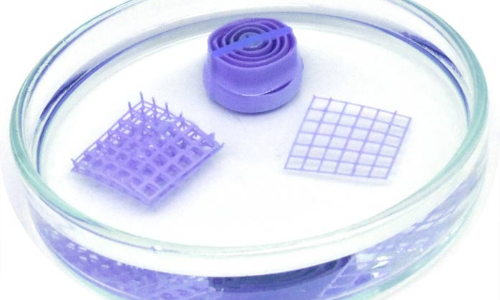Live
- Guru Gobind Singh Jayanti 2025: 10 Inspiring Quotes to Celebrate His Birth Anniversary
- Border Gateway Protocol's Role in Internet Redundancy: Comparing Routing Performance and Optimizing Multi-Homed Networks
- Guru Gobind Singh Jayanti 2025: Inspiring Wishes, Messages, and Quotes to Share on This Auspicious Day
- Celebrate Epiphany Day 2025: Wishes, Messages, Images, and Quotes to Share
- Applying DevOps and Cloud Engineering to Big Data, Web, and Media: A Versatile Approach by Venkata Soma
- Tragic Accident After Game Changer Pre-Release Event: Two Ram Charan Fans Die
- World Day of War Orphans 2025: History, Significance, and Heartfelt Quotes
- itel launches A80 – An Awesome All in One Smartphone with 120 Hz Refresh Rate and IP 54 Dust & Splash Proof Rating
- Celebrating India’s 1983 World Cup Hero: Kapil Dev
- Transforming Employee Engagement: How AI is Revolutionizing HR Strategies









